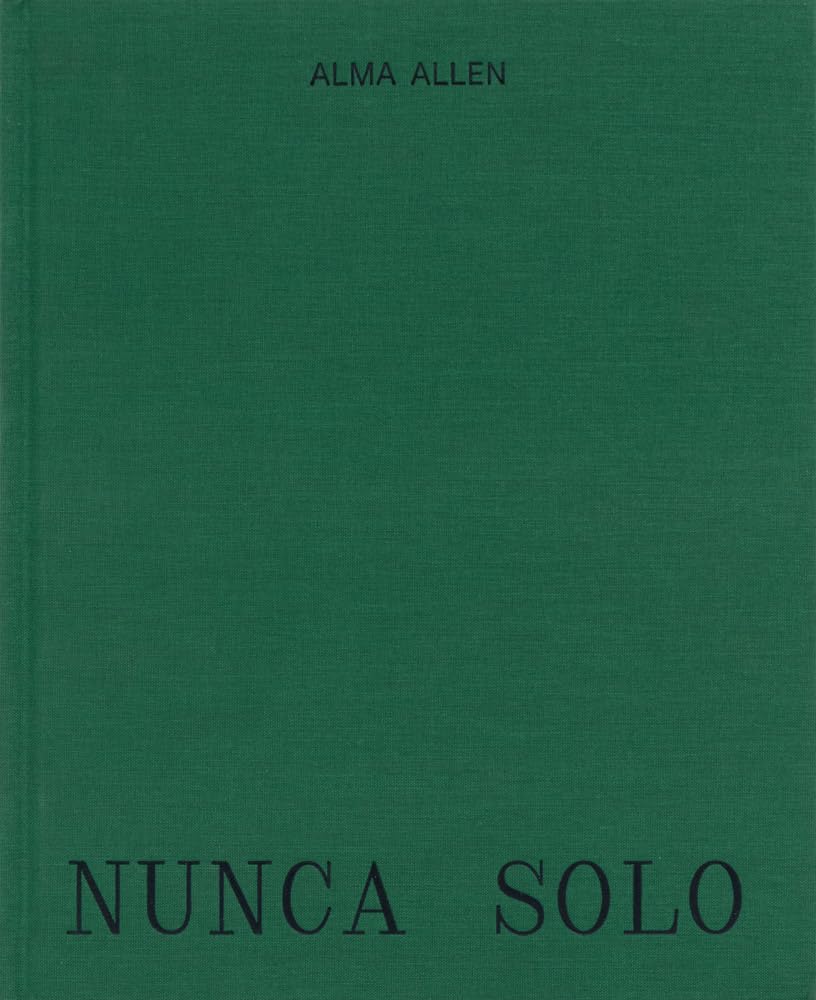Hestia, virginal and nary a myth to her name, is the Greek goddess of the hearth. Perched high on Mount Olympus, she would tend the gods’ fire. Zeus put her in charge of sacrifices, and combustible bits of animal flesh and fat would catch and spark as she fed offerings into the flames. While other mythical figures would venture out on odysseys and trickster expeditions, she was central to the continuity of family life—even the Real Housewives–esque craziness of hers.
It is from Hestia that we receive our domesticated idea of tending to the fireplace at home, and of gathering around the hearth (the translation of her Ancient Greek name)—a designed object that rises above its functional purpose, enhancing its users’ everyday lives as a site of communion and reflection. But times have changed. As the climate crisis upends seasonal expectations and increases the frequency of devastating fires, what’s the point of having a hearth in our homes now?
